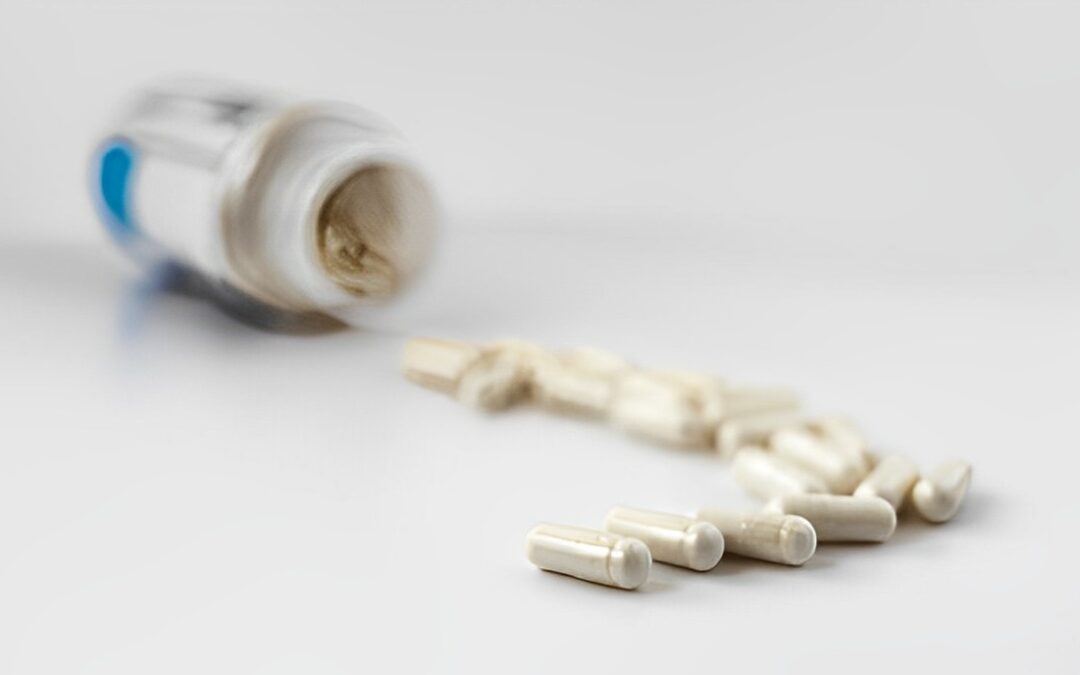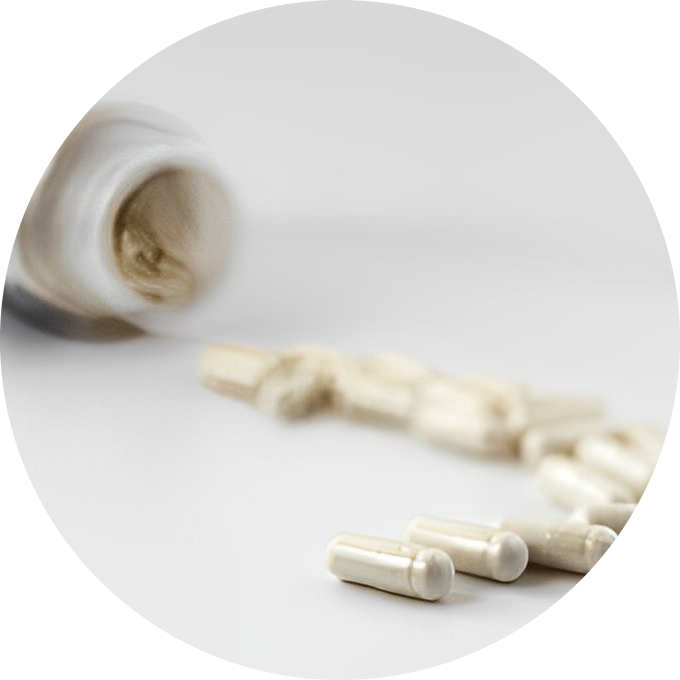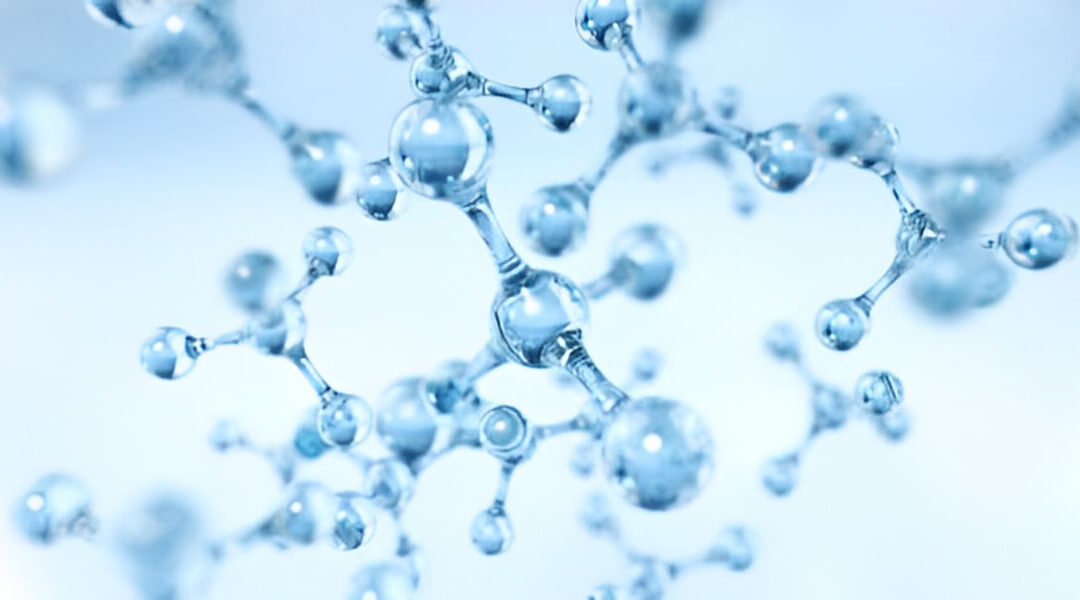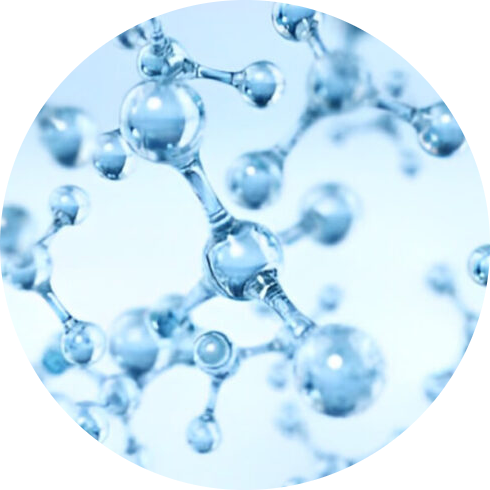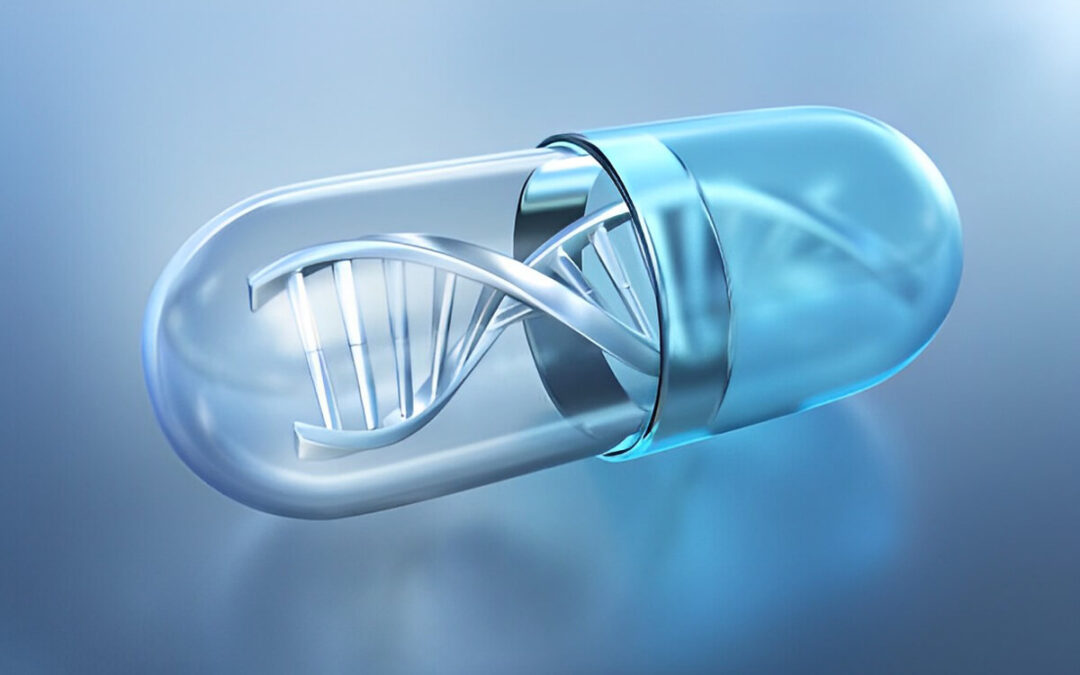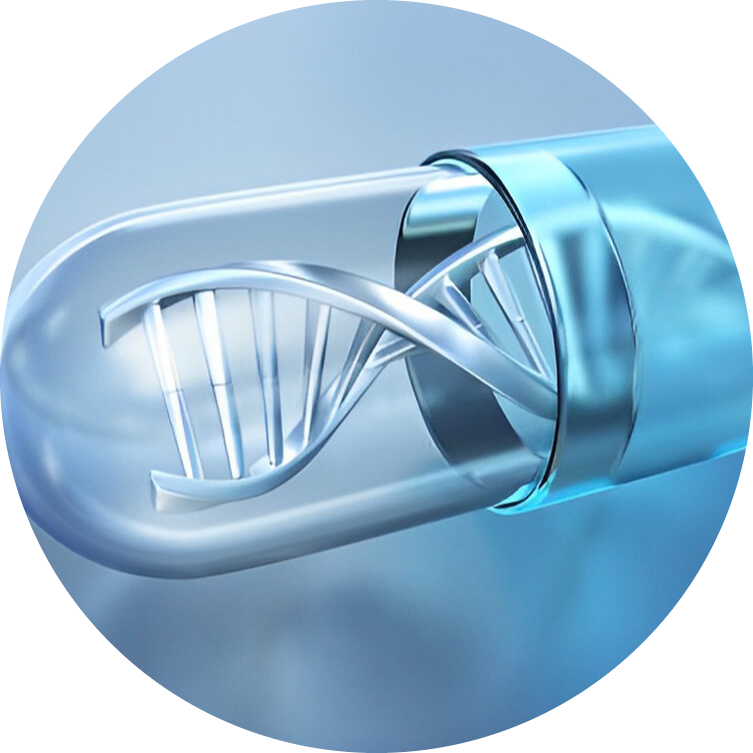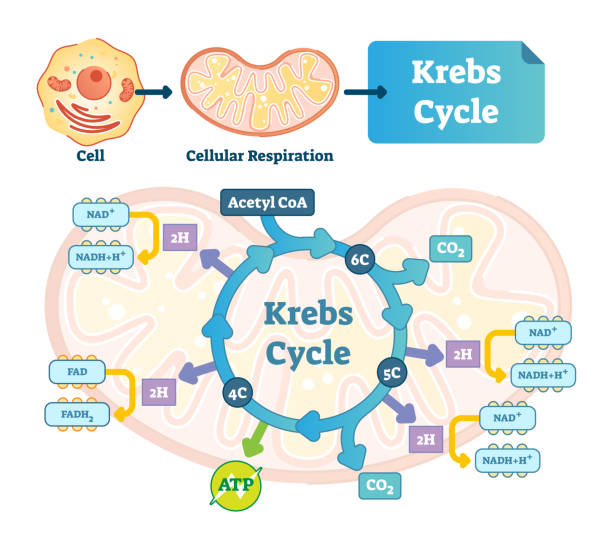
The Intricate Dance of Methylation and the Krebs Cycle: Maintaining GABA and Glutamate Balance for Optimal Health
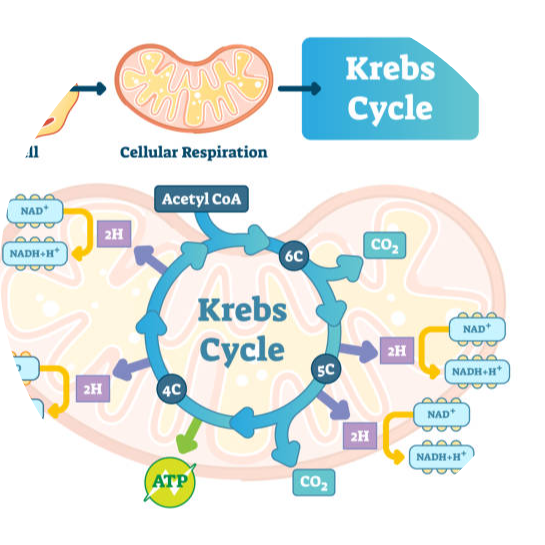
In the pursuit of a healthy mind and body, maintaining the delicate balance of neurotransmitters is crucial. Two essential neurotransmitters, GABA (gamma-aminobutyric acid) and glutamate, play opposite roles in regulating brain activity.
While GABA calms and relaxes the brain, glutamate stimulates brain cells for cognition and memory. Striking the right balance between these neurotransmitters is vital for overall mental and physical well-being. In this article, we will delve into the role of methylation and the Krebs cycle in sustaining GABA and glutamate balance and explore how deficiencies and impairments can lead to imbalances.
Methylation and Its Impact on GABA and Glutamate
Methylation is a complex biochemical process that involves adding a methyl group to various compounds, including DNA, proteins, and neurotransmitters. It plays a significant role in regulating gene expression, detoxification, and the production of essential molecules. In the context of GABA and glutamate balance, methylation is particularly crucial.
Folate, a B-vitamin, is essential for proper methylation. When methylation is impaired due to nutritional deficiencies, toxins, genetic mutations, or imbalances in gut microbiota like Candida overgrowth or SIBO, it can lead to disruptions in GABA and glutamate levels. For instance, if folate is not properly utilized, it can break down into glutamate, potentially leading to elevated levels of excitatory neurotransmitters.
Methylation also affects the GAD (glutamic acid decarboxylase) enzyme, responsible for converting excess glutamate into GABA. Impairment in the methylation pathway can hinder the suppression of harmful microbes like viruses, allowing them to interfere with the GAD enzyme, leading to imbalanced neurotransmitter levels.
The Krebs Cycle's Vital Role in GABA and Glutamate Balance
The Krebs cycle, also known as the citric acid cycle, is a fundamental metabolic pathway that produces energy in the form of adenosine triphosphate (ATP) in cells. But its significance doesn’t end there; the Krebs cycle is intricately linked to GABA and glutamate balance.
Firstly, the Krebs cycle is involved in the synthesis of GABA itself. Therefore, proper functioning of this cycle is vital for maintaining sufficient GABA levels. Any impairment in the Krebs cycle, such as deficiencies in B vitamins or exposure to heavy metals and toxins, can disrupt GABA production.
Secondly, the Krebs cycle is connected to methylation, and vice versa, forming a complex interplay between these two processes. Methylation issues can interfere with the Krebs cycle, leading to imbalanced GABA and glutamate levels.
Impairments and Deficiencies Leading to Imbalances
Various factors can contribute to deficiencies and impairments in methylation and the Krebs cycle, affecting GABA and glutamate balance:
1. Nutritional Deficiencies: Lack of essential nutrients like B vitamins (B6 in particular) can hinder proper methylation and disrupt the Krebs cycle, leading to imbalances.
2. Heavy Metal Toxicity: Exposure to heavy metals, such as lead, can interfere with the GAD enzyme and inhibit the Krebs cycle, further affecting GABA and glutamate levels.
3. Genetic Variations: Genetic defects in GAD genes (GAD1 and GAD2) can lead to decreased GABA and increased glutamate production.
4. Viral Infections: Chronic viral infections, like rubella and streptococcus, can interfere with the GAD enzyme, contributing to GABA and glutamate imbalances.
Conclusion
Maintaining a healthy balance of GABA and glutamate is essential for optimal brain function and overall well-being. Methylation and the Krebs cycle play significant roles in this delicate dance between inhibitory and excitatory neurotransmitters.
Addressing nutritional deficiencies, reducing exposure to heavy metals, and supporting healthy gut function can help improve methylation and the Krebs cycle, leading to balanced GABA and glutamate levels. Seeking professional guidance from a holistic health care practitioner can be invaluable in creating a personalized plan to optimize neurotransmitter balance and support overall health. Remember, a harmonious interplay between methylation and the Krebs cycle can be the key to unlocking the path to a healthier mind and body.
Resources
https://pubmed.ncbi.nlm.nih.gov/23838829/
https://www.sciencedirect.com/topics/biochemistry-genetics-and-molecular-biology/krebs-cycle





